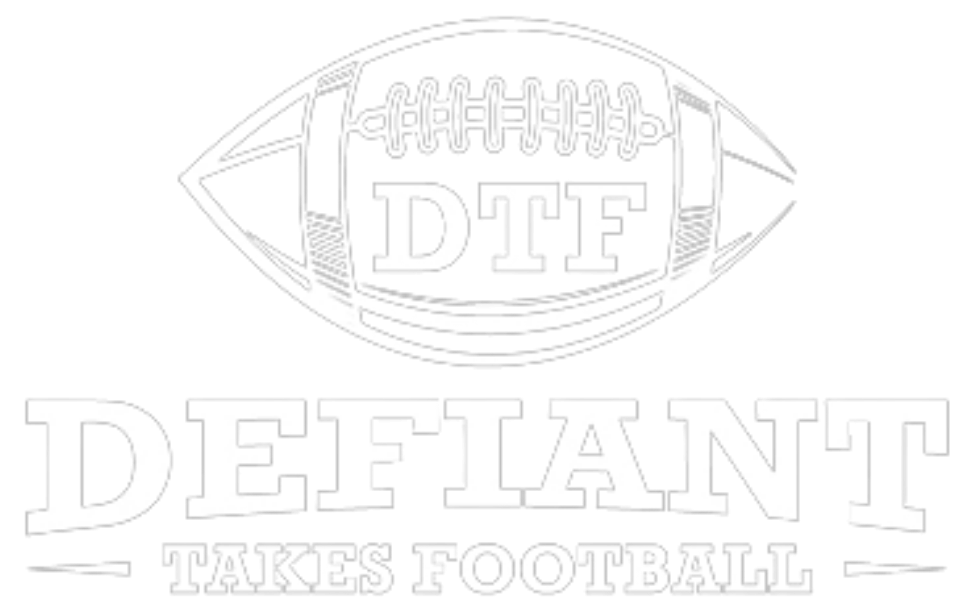The United States Football League (USFL) season is set to begin on April 15th. Before we go forward into the 2023 season, let’s go back.
Where It All Began

David Dixon, the father of the USFL – Christopher Gadsen
A New Orleanian businessman, David Dixon, first thought up the USFL in 1965. Dixon identified a need for football outside of the regular NFL season. The businessman had a knack for LA Sports – he helped facilitate the NFL expansion into New Orleans in 1967 and was involved with constructing the Louisiana Superdome.
Mr. Dixon wasn’t particularly spontaneous – he sat on his idea for 15 years, watching the NFL swallow up its competition – the AFL and the WFL. In 1980, David Dixon hired a marketing company to test the viability of a Spring/Summer League, and once given the green light was ready to go.
Dixon started with 12 teams and created a TV deal with ABC and ESPN. Chet Simmons, the ESPN President, became the first USFL commissioner in 1982.
The Official Beginning
Mr. Dixon’s vision was good on paper but had many problems when executed in 1983. Most notably, the NFL wouldn’t share stadiums in some locations causing teams to sometimes relocate to other cities with available places to play. No salary cap was set, and many teams would pay their players outrageous amounts. This often was not sustainable, causing financial issues within the League for the less fiscally sound members. Teams collapsed, moved, or were created often.

Herschel Walker was one of the notable USFL players, prior to his NFL career – Ron Lindsey/AP Photo
Despite off-field issues, the USFL was quality football. Many players, coaches, and team management had prior NFL experience. Some coaches and players utilized the spring League as a stepping stone into the NFL and often had impressive performances in that League. The USFL created 2.7 million fans in its first year between the 12 teams.
Why We Can’t Have Nice Things
The League only lasted three years, and the beginning of the end began in 1984. Dixon noped out of the League ahead of the second season – it had expanded beyond his suggested 16 teams to 18. He was also bothered by chronic overspending, something team management was tired of him discussing. His set salary cap idea was not positively received.
Of all people, Donald Trump became a New Jersey team owner in the USFL prior to the 1984 League. Trump’s business intuition guided the trajectory of the League. Significant profit losses became the hallmark of the second season.

NY Real Estate mogul Stephen Ross (left), USFL commissioner (middle) and Trump (right) -Marty Lederhandler/AP Photo
Things never got better. The new team owners rushed in the idea of a second era, a League that was a shadow of its former vision. Trump felt that switching to a fall League and going neck to neck with the NFL was the way to go – abandoning the Spring football element that made the USFL different and popular.
The 1985 season was a nightmare. Teams were losing millions on top of millions, and the League was falling apart at the seams.
1986 And Beyond
Eight brave teams were willing to play in the 1986 season. Only two teams were in the same market as NFL teams – the brand-new Tampa Bay and New Jersey teams competed with the Jets and the Giants. The fall schedule was the plan in 1986. The end goal was to merge the two Leagues and raise the USFL team’s worth to an NFL Franchise-like amount. What else would help bail out the USFL’s debt? Suing the NFL.

The Houston Gamblers in 1985 – Scott Cunningham/Getty Images
USFL v. NFL Lawsuit
The antitrust lawsuit heard by the US District Court for the Southern District of New York had lofty goals from the beginning. The USFL’s suit focused on an alleged monopoly of TV broadcasting rights and some stadium locations. 1.7 billion in damages were sought due to these monopolies, and the NFL’s alleged desire to end the USFL, specifically the Invaders and Generals franchises.
The goal was to end the NFL’s contract with NBC, ABC, and CBS. The “remedies” were to renegotiate contracts with just two networks or split the NFL into two 14-team competing Leagues, and each would only get one network contract.
The trial lasted 46 days (longer than the Murdaugh trial and the Depp vs. Heard trial). The USFL technically won – the jury found that the NFL was a monopoly. However, they felt the USFL was the primary source of its demise and awarded them $3 in damages. The NFL was forced to pay for all USFL court and legal fees.

NFL Edition of Monopoly – amazon.com
The trial results sealed the deal in the end. After one last failed attempt to merge with the CFL, the USFL crumbled to dust.
The USFL Of Today
There appears to be no relationship between the USFL of yesteryear and today, except for the League name and some team names. There is no overlap in people. The last player to play in the OG USFL and the NFL was punter Sean Landeta, who retired as a New York Giant after the 2007 season.
For great content on the 2023 season of the USFL, look here.








